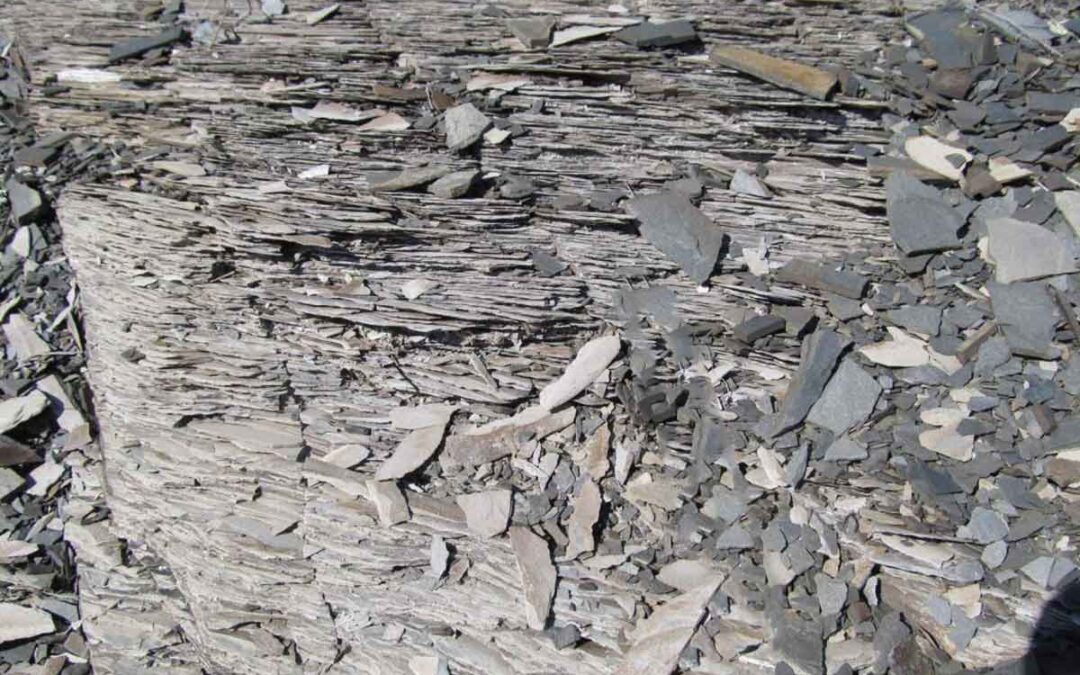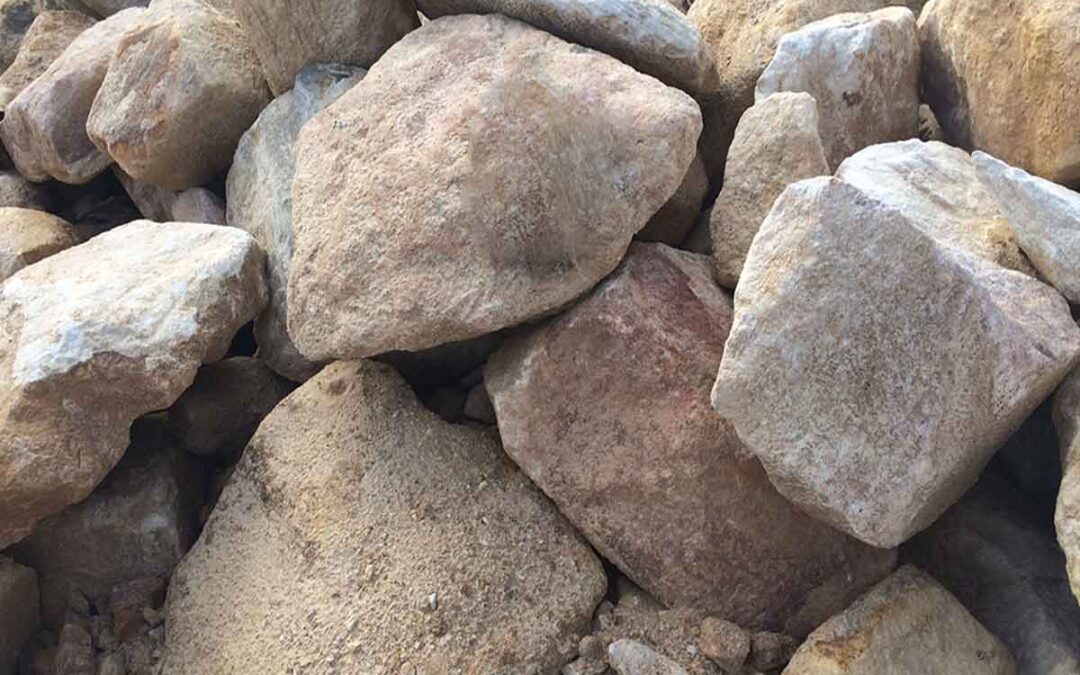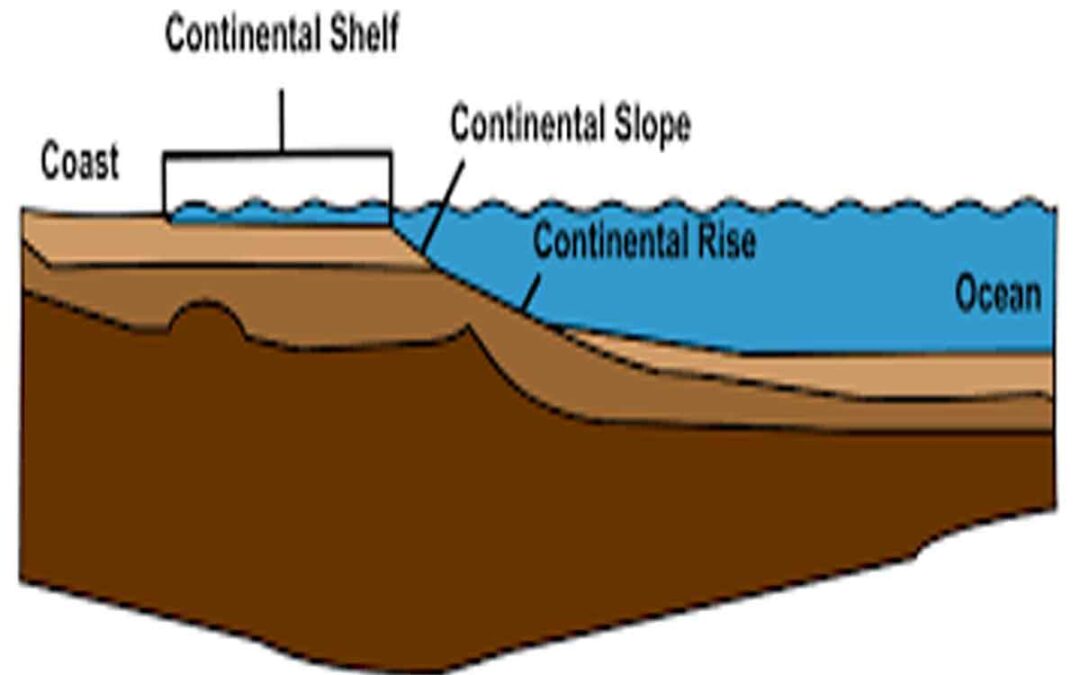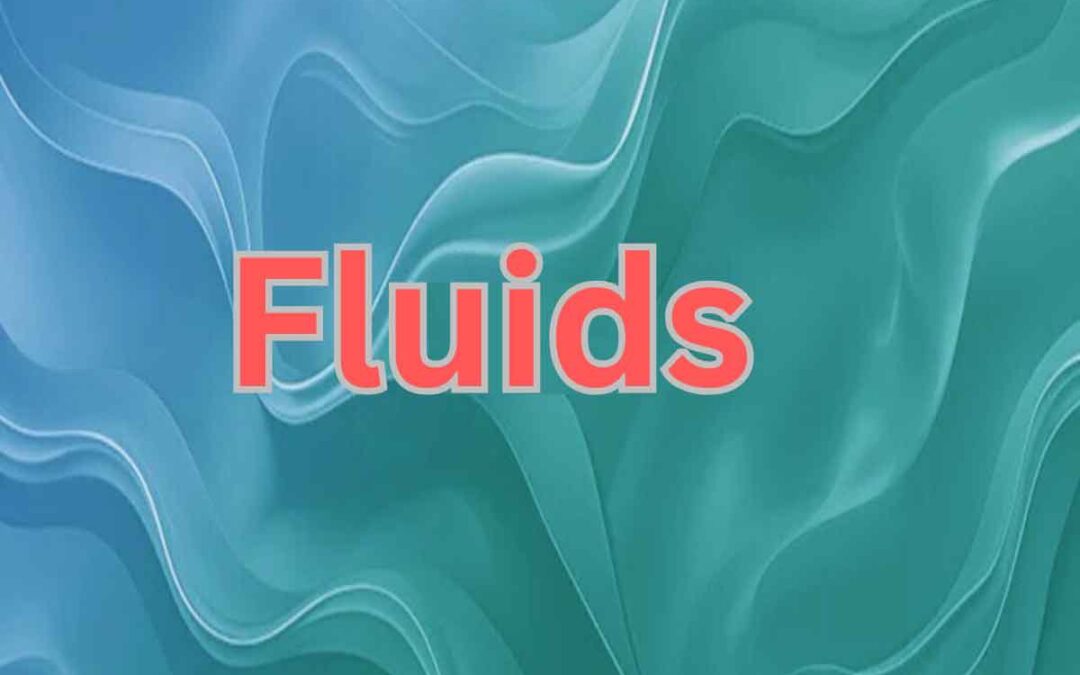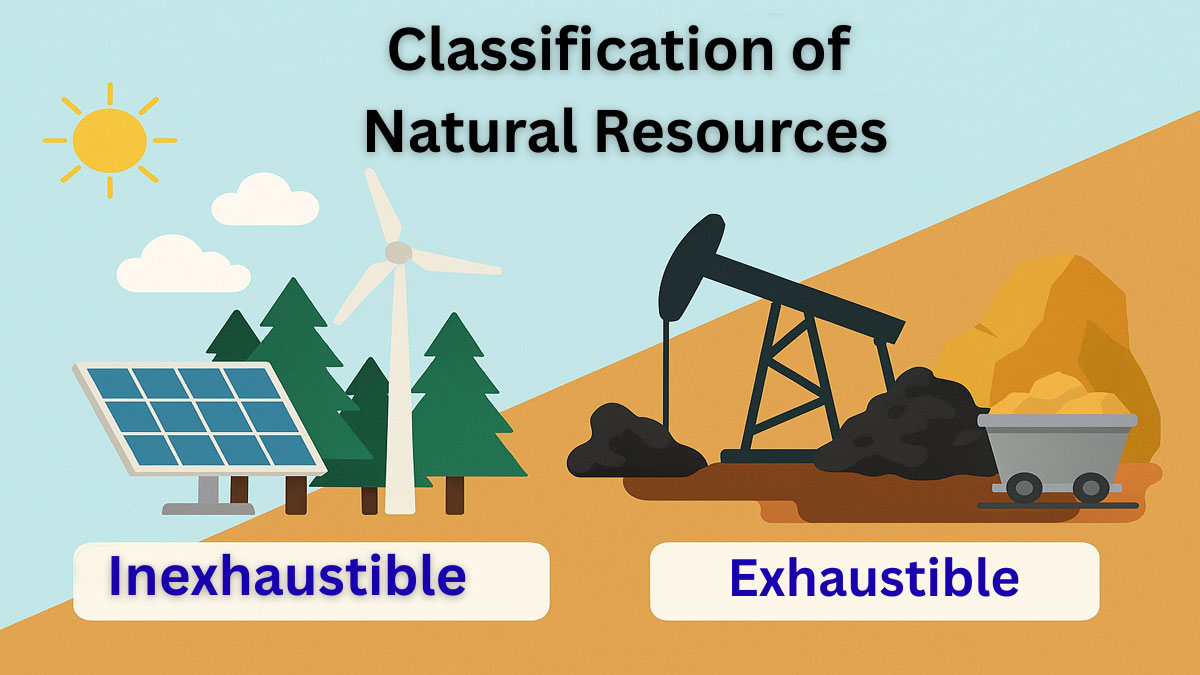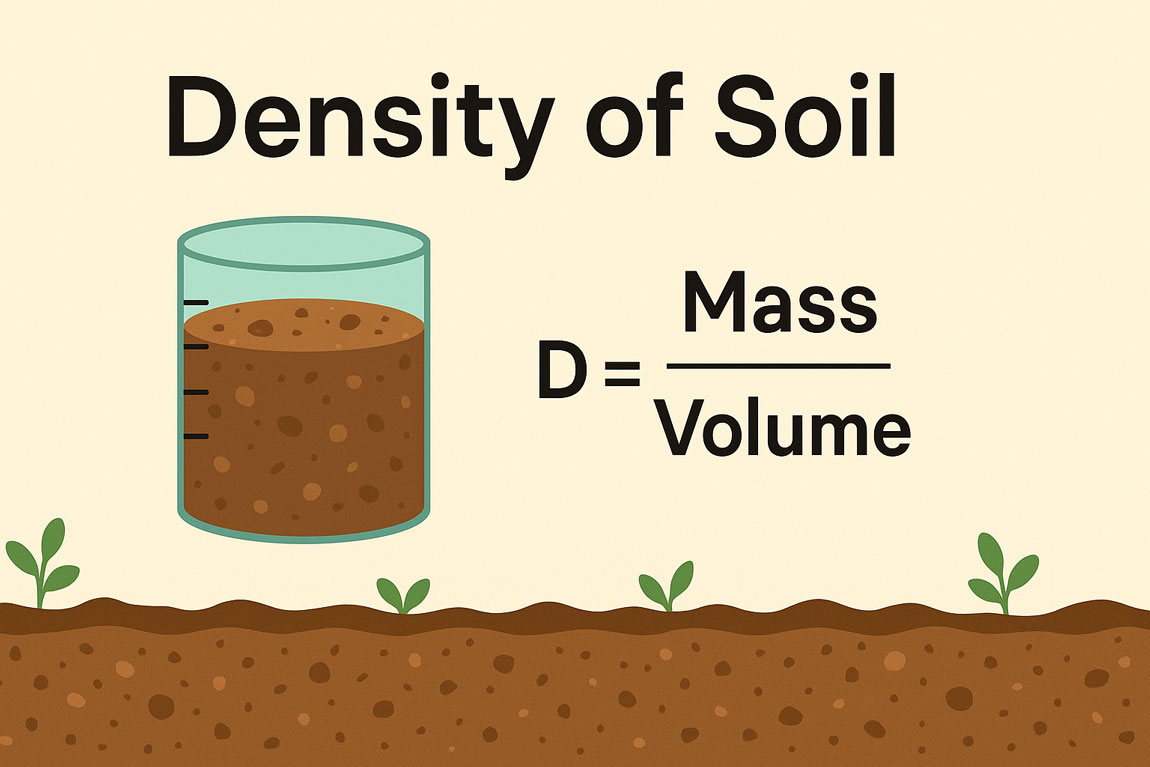
by Gelogia | Jan 2, 2025 | Structural Geology, Uncategorized
Mudrocks are unusual sedimentary rocks that dominate Earth’s geological record. These fine-grained formations often hold valuable insights into our planet’s history and diverse ecosystems, though people often overlook them. In this article, we delve into...

by Gelogia | Jan 1, 2025 | Structural Geology
Sandstone is a type of sedimentary rock made up of tiny particles, usually the size of sand, which can be minerals, bits of other rocks, or even organic material. It typically features a binder that keeps these sand grains together and may also include finer particles...

by Gelogia | Dec 27, 2024 | Structural Geology
Electromagnetic methods exploit how the ground reacts when electromagnetic fields pass through it. These fields consist of alternating electric intensity and magnetizing force. To create the primary electromagnetic fields, an alternating current is run through a...

by Gelogia | Dec 26, 2024 | Structural Geology
The term “continental margin” refers to the transition zones between the Earth’s continental and oceanic crust. These edges play an important role in shaping the geological and ecological dynamics of the Earth. Continental Margins: Continental...

by Gelogia | Dec 25, 2024 | Structural Geology
Fluid is a wonderful thing and is essential to our daily lives. It occurs in many ways and is essential to both ecosystems and man-made systems. From the water we drink to the moisture in the air we breathe, moisture is all around us and affects our lives in many...
